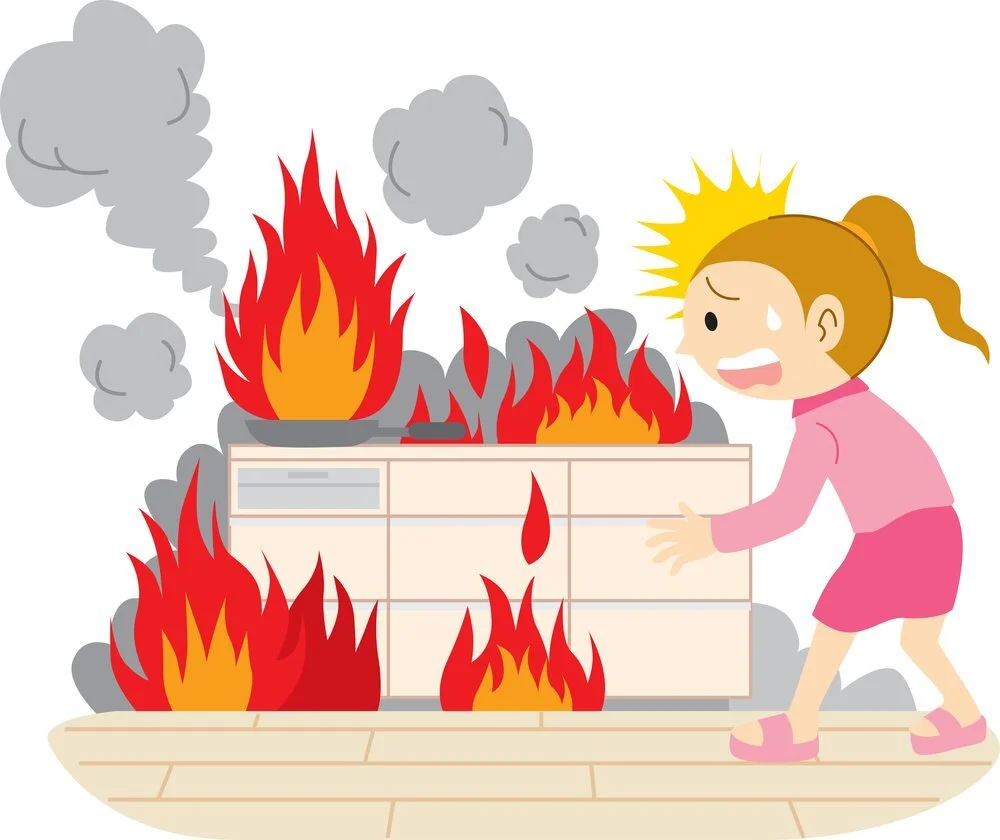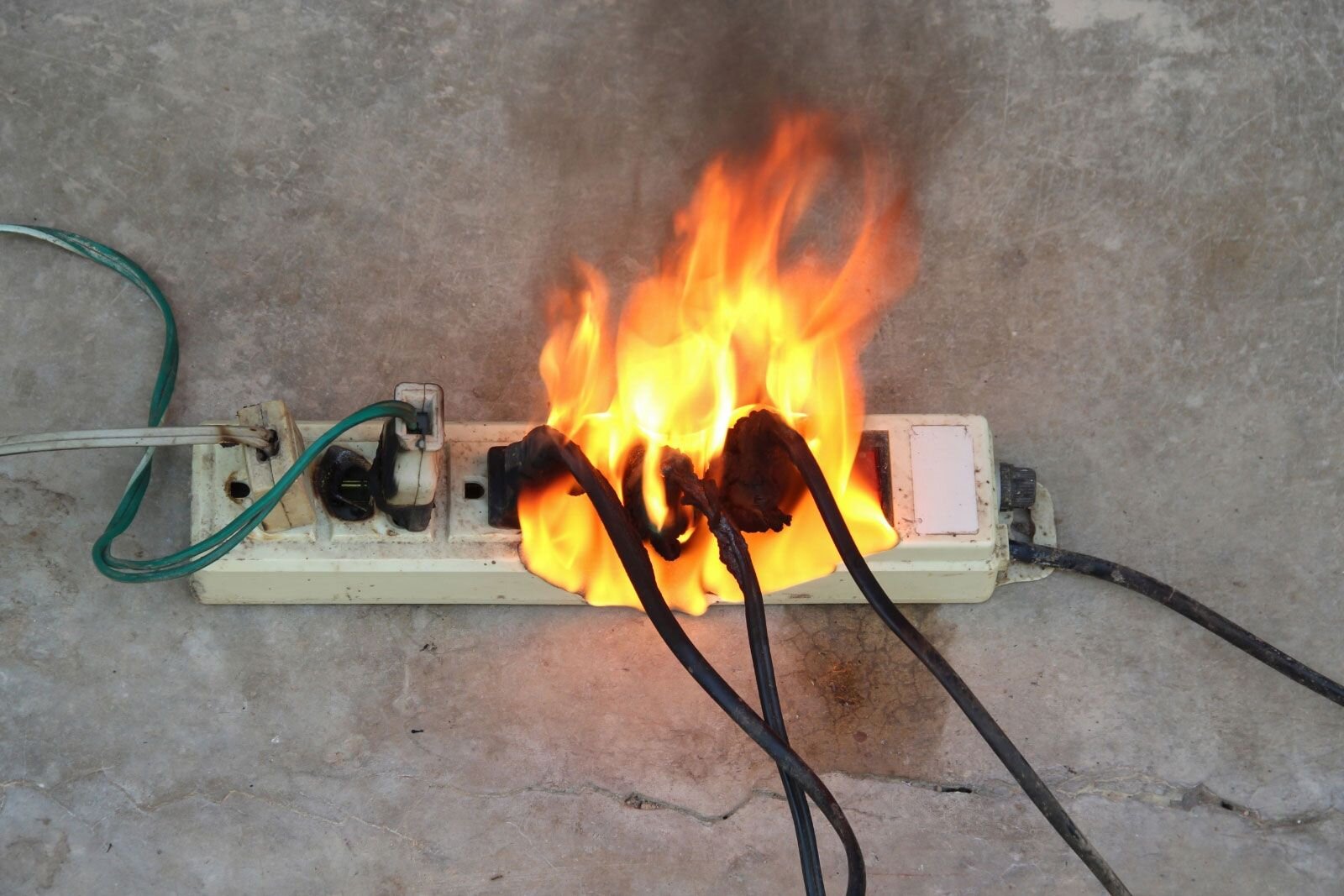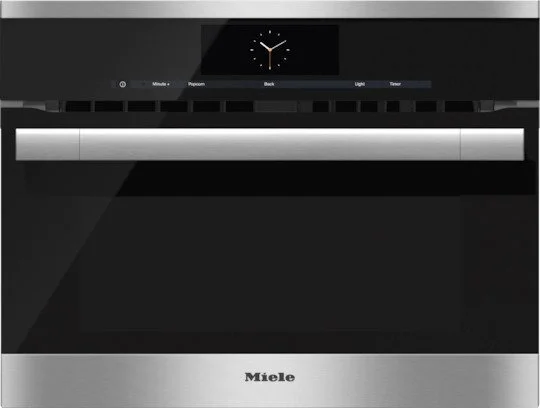KitchenAid / Maytag / Samsung Convection Ovens Compared
Prices / Features / How Well Do They Stack Up?
As fall is here many of us are thinking of cooking and baking and creating memories with our loved ones. The commonality with these things is your oven. Some of us have a fantastic relationship with our oven. Some of us don't. This week we are looking at the top three electric wall ovens for those of you who are looking to start a new relationship. Will be taking a look at KitchenAid, Maytag, and Samsung. All three are convection ovens. If you want to brush up on what that means you can check out our post here.
Along with the price and features for each oven we also had a set of parameters that they were rated on. The expected reliability or how often are you going to be calling your favorite repair people to come and fix something. Baking because you need to know how well it can handle Grandma's favorite cookies. Broiling, how well does it handle cooking burgers, roasts and the like. And how much does the company say it can hold versus how much it actually can, also known as oven capacity. We rated these on a system of five stars, based on how well they handle the various tests.
KitchenAid KOSE500ESS
The kitchen aid oven Is our first contender. It's called the Even Heat True Convection oven and offers up consistent heating for even cooking.
With a bow tie design for the convection element to ensure "no more burnt edges or undercooked center" .
The KitchenAid has a 5 cubic foot capacity.
It offers satin glide rollout extension rack and a system that KitchenAid claims takes the guest work out of convection cooking.
It also comes with a temperature probe to allow the accurate measurement of internal temperatures without having to open the oven. Personally we like that option. You don't have to risk ruining something just in order to check the temperature.
It also offers flexible design elements to allow it to match the height of your existing cabinets.
The KitchenAid scored only a three for predicted reliability. Unfortunately KitchenAid does have a history of numerous issues. It makes up for it in the other three categories however. In baking, when testing both cakes and cookies on two different racks, it rated four out of five. They weren’t perfect, but very close. Broiling we had to give it a five. When broiling on high heat the KitchenAid did amazingly. Oven capacity also scored a five. You’re getting exactly what they say you are which for a price of $,2499, that’s not a bad thing.
Maytag MEW9530FZ
Our second contender is the Maytag.
It is 30 in wide and 5 cubic feet, the same as the KitchenAid.
It offers true convection with a single fan and a third element.
It also offers the FIT system to ensure that it matches the height of your counters.
A key feature for this oven is the precision cooking. This combines precise preheat, precise bake, and precise broil.
It has a heavy duty rollout rack to ensure long lasting easy to use oven racks.
It also has a variable setting for broiling.
While the Maytag doesn’t have as many features as the other two on our list, what it does offer, it does well. It’s priced at $1730, which is less than either of the other two. It landed solidly at a four in predicted reliability, baking, and broiling, with a five for oven capacity. This model of the Maytag is a fantastic purchase if you are looking for a solid new oven that won’t break the bank.
Samsung NV51K777OSG
Our final contender is the Samsung. Unlike our previous opinions on the Samsung refrigerators your blogger is very enamored with this oven.
The Samsung is 5.1 cubic feet in comparison to the previous two ovens. It might not seem like much but who knows that extra bit could be exactly what you need if you do a lot of cooking of poultry or large meats. We don't judge.
The Samsung offers a Flex Duo system. This enables you to cook two different dishes at two different temperatures at the same time. They manage this with a removal divider and dual temperature controls.
They also unlike the others offer a steam cook option with a compartment for water and a system to evenly disperse it.
It comes with two convection fans.
The knobs are illuminated when the oven is on which means no more asking “Is it on did I preheat the oven or do I just think I did.”
It does come with a companion asked and Wi-Fi connectivity which you know we're not too keen on. However the companion app does allow you to preheat the oven from anywhere, turn it off if you're not at home, or check and adjust the temperature if you're doing something else.
The one point of similarity to the other ovens is that it offers a heavy duty gliding rack which allows you to pull it out to almost full extension while it has something still on it.
And last but not least it has pre-programmed a recipe guide to help you and learning to use your convection oven to its fullest extent.
Rounding out our list, the Samsung is… a little weird when it comes to our ratings. It got three fours and one five, but it didn’t end up with the same spread as the Maytag before it. Instead, the fours are for predicted reliability, baking and the oven capacity of all things. The five is actually for how well the Samsung handles broiling. So, although the features list it as 5.1 cubic feet, we didn’t agree. If you can overlook that bit of fudgery, we think the Samsung is well worth its price of $2790.
So if you're looking to get a new oven which one appeals the most to you? We'd love to get your thoughts over on our Facebook page. In the event that your current oven or one of your other major appliances is giving you trouble feel free to reach out. We'll help you figure out what's wrong and how to fix it. We're always here whether you want to make an appointment via phone or our website, if you need some maintenance tips or to figure out why your oven won't turn on.











